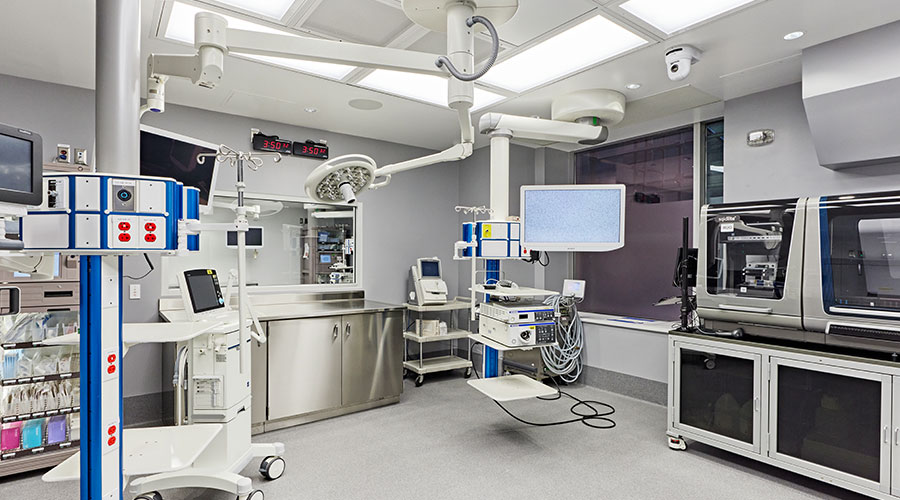“We polled over 450 health systems, and more than 80% of hospitals have actively canceled or postponed 70% of elective surgeries,” said Sanjeev Agrawal, president of LeanTaaS. “Restoring caseloads will require careful planning and execution in the coming weeks and months to identify the backlog, manage block versus open time, and accommodate the pent-up volume given each hospital’s available resources, such as rooms, staffing, locations and so on. We built the Elective Surgery Backlog Recovery Calculator as an open tool to aid in that process. Surgery volume is the economic backbone of any hospital, and getting back up and running with elective cases post-pandemic is a top priority.”
Organizations like Penn Medicine have developed open-source surge prediction calculators, such as CHIME, which are currently being used by thousands of hospital professionals to estimate the number of beds required during the peaks of the epidemic. However, as the life cycle of the crisis evolves, healthcare professionals are starting to turn toward the future and are seeking similar approaches to prepare their return to a pre-COVID level of care.
The Elective Surgery Backlog Recovery Calculator can be accessed on a web browser. Users complete 12 fields within four categories, including OR metrics pre-COVID-19, expected dates when OR capacity will return, levers to accommodate surge volume, and lost volume considerations. Based on the inputs, the tool estimates how many months it will take for each institution to recover its surgery case backlog and predicts the number of additional cases per month, on top of each hospital’s baseline volume. The calculator lets users provide rough estimates and ranges for various entries, like expected dates for returning to normal capacity, in order to test out a number of possibilities and the related impact on recovery.
Free Webinars: Restoring Your Elective Surgery Caseload Post COVID-19
LeanTaaS recently introduced the calculator and supporting strategies at a webinar, “Restoring Your Elective Surgery Caseload Post COVID-19.” Hosted by Ashley Walsh, formerly perioperative business manager for UC Health for 11 years, the webinar was attended by 500 different health systems, representing over 20,000 ORs in the U.S. The webinar goes into depth on the seven-step process to recover the backlog in elective surgery volume.
“Because each hospital has unique staffing, cases, and volume demands, the strategies they’ll need to adopt will vary, from increasing prime time utilization to extending operating hours or even working weekends,” said Walsh, now LeanTaaS senior director of client services. “However, we believe some principles are universal to recovery, such as making block release easier, and executing as one team with a cohesive plan. We’re pleased to introduce these principles in a simple seven-step approach for use by any hospital team, including free tools like the Elective Surgery Backlog Recovery Calculator.”
 Building an Organ Regeneration Lab at UHN's Toronto General Hospital
Building an Organ Regeneration Lab at UHN's Toronto General Hospital Oracle Health Hit by Data Breach, Patient Data Possibly Compromised
Oracle Health Hit by Data Breach, Patient Data Possibly Compromised Ground Broken on New MD Anderson Sugar Land Facility
Ground Broken on New MD Anderson Sugar Land Facility Florida State University Reveals Plans for Panama City Beach Hospital
Florida State University Reveals Plans for Panama City Beach Hospital The Effect of Over-Cleaning on Human Health
The Effect of Over-Cleaning on Human Health